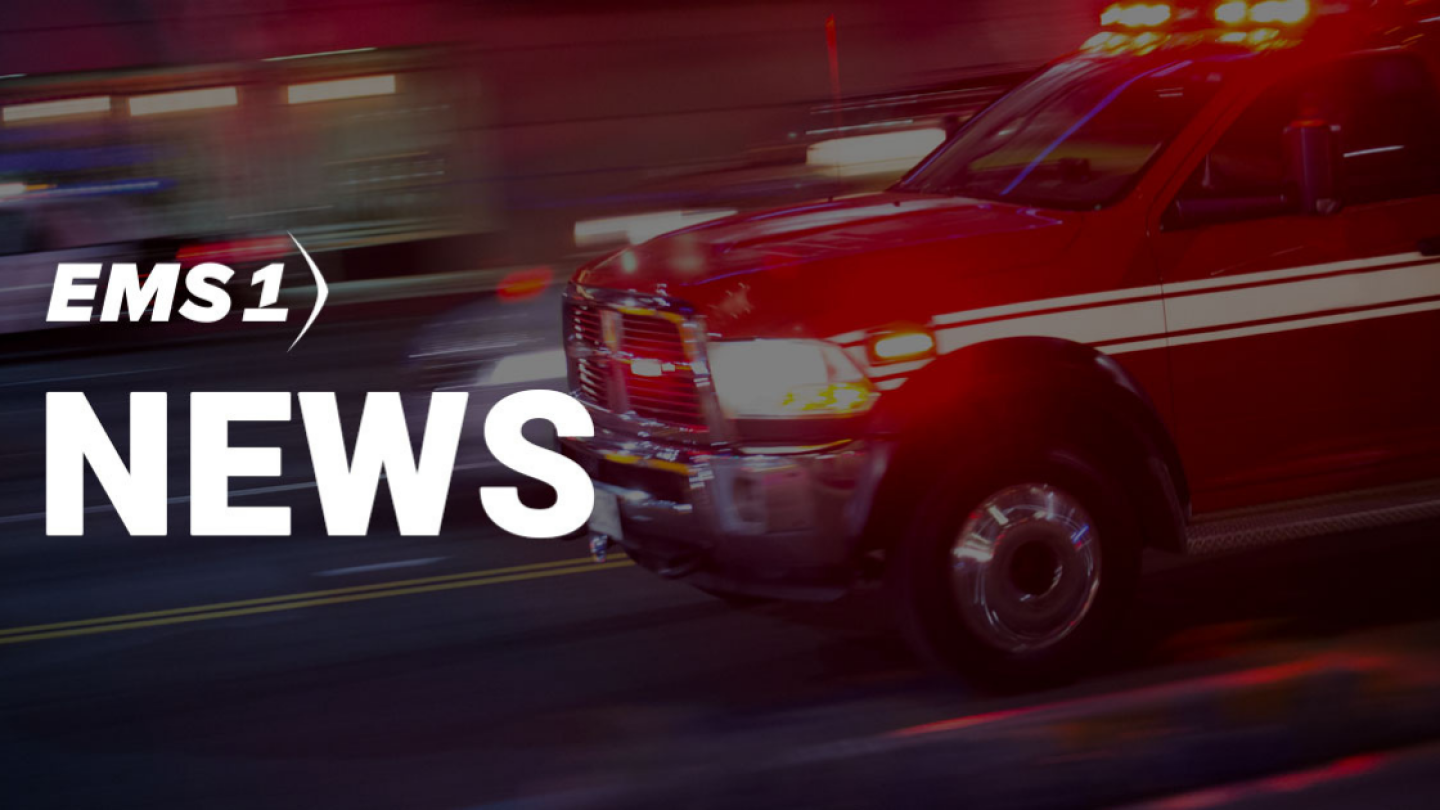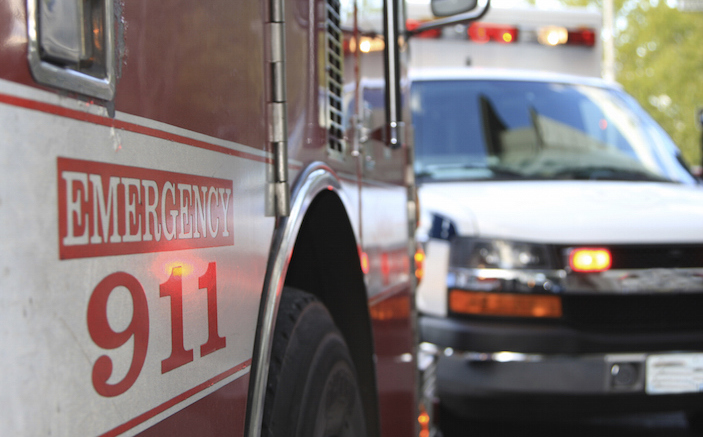I'd assert that it's still ultimately a decrease in level of service, because in a tiered system there can and will be delays in getting ALS providers on scene, where-as in an all ALS system, the first truck on the scene would be able to assess and treat at the ALS level..
I've said it before, and I'll say it again: based on everything you have said about your department, your agency is likely in the minority when it comes to EMS providers who ride the BRT, and that's a good thing.
The last time I was part of an ALS FD was almost 20 years ago, and all of our FF/PMs had years of experience on the ambulance as PMs, usually as Senior PMs or FTOs. Many still worked for the City's EMS agency part time. Since then, I've worked with a few FF/PMs, but almost all had previous PM experience on the ambulance, and most were function as EMTs or AEMTs when on the BRT.
I know I'm biased, but there are not many suppression only EMTs, who have never worked on an ambulance, that I would trust do provide a decent assessment on a sick patient. There are even fewer suppression only paramedics, who have never worked on an ambulance, that I would feel comfortable assessing and treating at the ALS level, especially on a sick patient, if they were my family member.
I am much happier having the people on the BRTs being decent EMTs, with the ambulance people being more competent and experienced EMTs, along with a paramedic either on the truck or on a flycar, only handling ALS criteria patients.
Think of if this way: if you are putting 7-9 paramedics on a cardiac arrest, do you trust all of them to intubate the 400 lb patient with a mallampati class 3 airway, at 3 in the morning? And when was the last they those 7 to 9 paramedics intubated a live person with a difficult airway? or ran point on a circling the drain patient?


